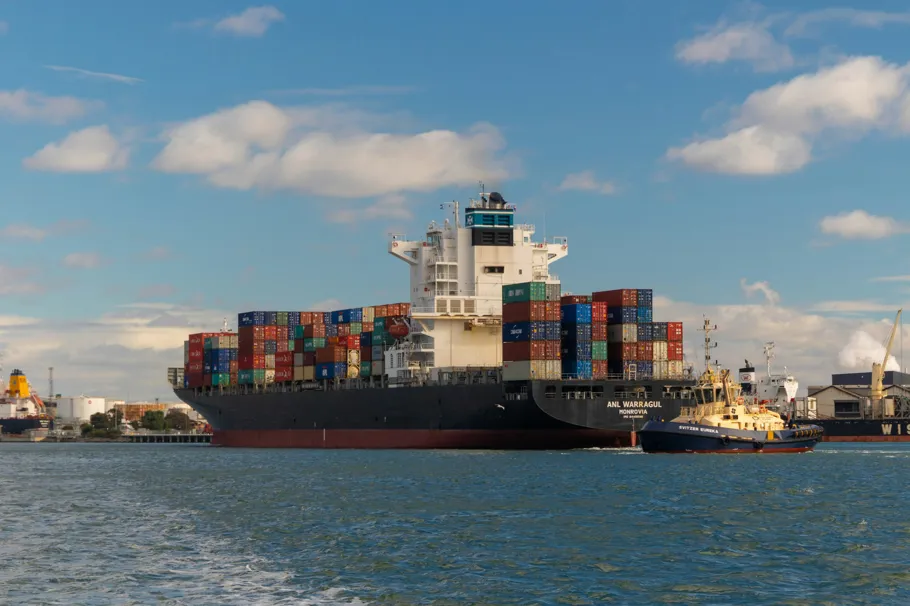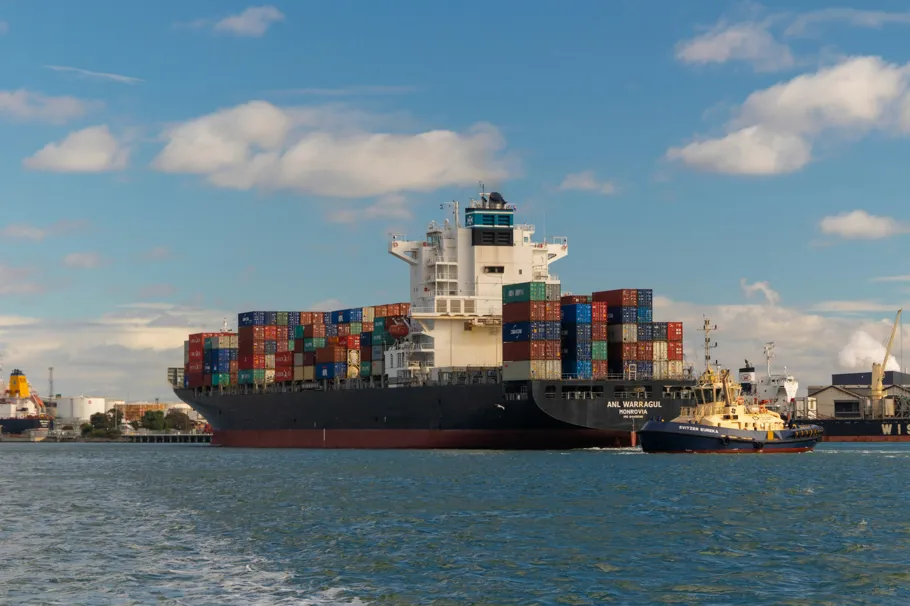Tallying
Objectives of tallying:
1. To ensure the accuracy of recorded inventory data against actual physical quantities.
2. To serve as a basis for reconciliation and mutual confirmation between parties involved in the delivery and receipt of goods.
3. To mitigate risks of loss, theft, or fraud throughout the supply chain.
4. To identify and address discrepancies, such as shortages, overages, or miscounts, in a timely manner.
5. To support periodic or ad-hoc stocktaking, particularly during changes in management or logistics operations.
6. To assist the accounting department in maintaining accurate records and generating reliable
What Happens in a Product Inspection?
During an inspection, a GTIC inspector evaluates products at specific production stages using a comprehensive checklist.
This checklist is tailored to the product and the client’s requirements.
Our checks typically assess the following:
-
Specifications
-
Dimensions
-
Function
-
Appearance
-
Performance
-
Workmanship
Packaging and packing are also checked, and product-specific tests are usually conducted. Checks can be tailored to the production stage. For example, inspections carried out at the start of production will include checks of raw materials.
We offer off-the-shelf checklists designed to match particular products. If customized checks are needed, you can add to one of these checklists or create your own.
What Are the Benefits of Product Inspection Services?
Our product inspection services give you control over your manufacturing quality control program. Some of the benefits include:
-
Ensuring product quality at every production stage
-
Verifying that suppliers adhere to your specifications
-
Increasing the efficiency of your production line
-
Avoiding recalls and reputational damage
-
Anticipating production and shipment delays
-
Optimizing your quality control budget
-
Ensuring that your products are safe for transit
Take Your Quality Management Online
GTIC offers an intelligent online platform to help you seamlessly manage your quality control and global supply network.
Easily book, cancel, or reschedule inspections, make payments, or download your inspection reports with just a few clicks. We also provide a customizable dashboard with all your quality control data, so you can identify trends and make informed decisions in real time.
GTIC ensures your product is manufactured to your specifications. We operate in 100 countries worldwide, and have regulatory expertise in every region we serve. Leverage GTIC’s product inspection services to bring your product to market with confidence.

Container condition inspection

Watertightness testing




